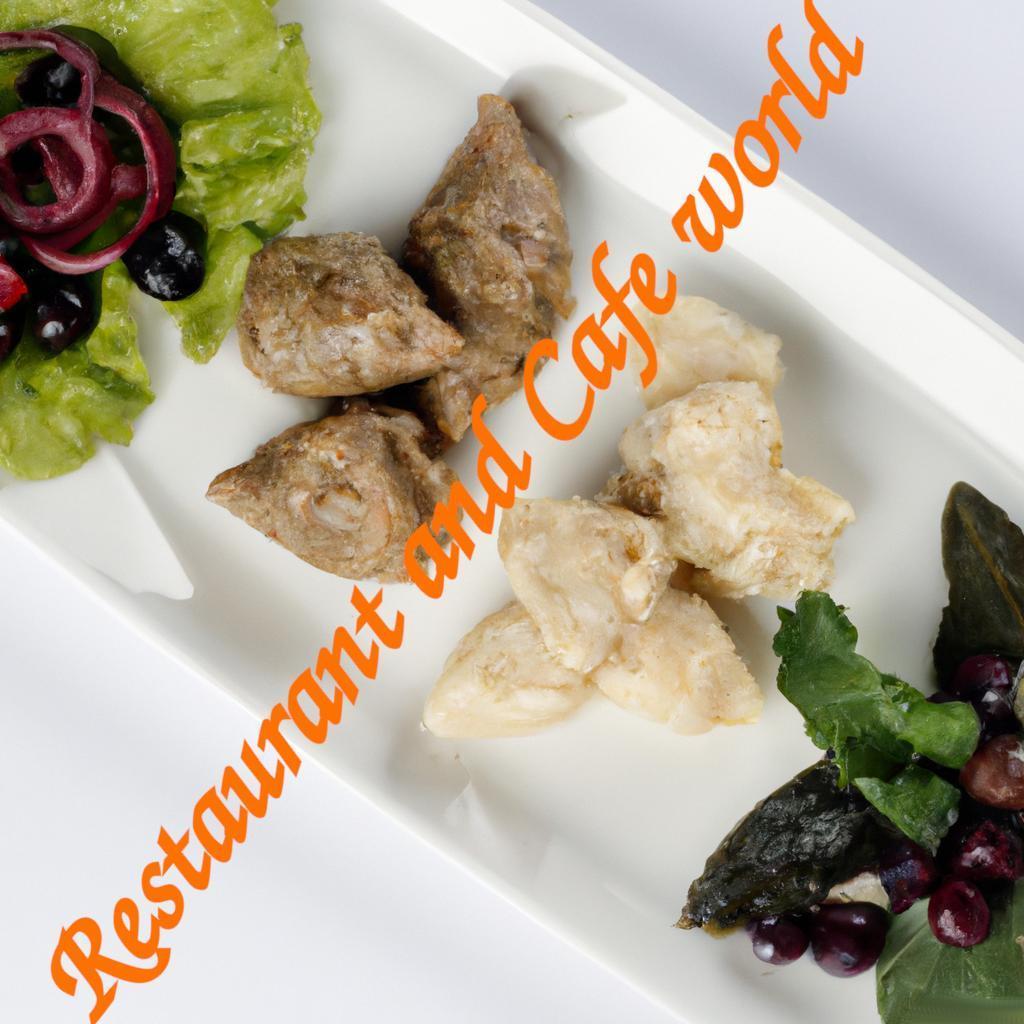


Ancient Innervations:
The roots of restaurants and cafes can be traced back to ancient civilizations where inns and taverns provided weary travelers with a place to rest and replenish. In ancient Rome, "Thermopolia" served hot food to patrons, setting an early precedent for communal dining.
French Culinary Revolution:
The 18th-century French Revolution not only changed the political landscape but also revolutionized the culinary world. The closure of aristocratic kitchens led to the emergence of public eateries. Boulanger, in Paris, is often regarded as the pioneer, transforming his business into a restaurant where patrons could choose from a menu.
The Rise of the Coffeehouse Culture:
In the 17th century, coffeehouses emerged in the Middle East and Europe, providing a new kind of social space. These establishments, like London's famed Lloyd's Coffee House, became hubs for intellectual exchange and business discussions, shaping the coffeehouse culture that persists today.
American Diners and Fast Food:
The 19th century saw the rise of American diners, offering affordable and quick meals to a rapidly industrializing society. Fast forward to the mid-20th century, and the advent of fast-food chains like McDonald's introduced a new era of mass-produced, standardized dining experiences.
Global Fusion and Fine Dining:
The latter half of the 20th century witnessed the globalization of culinary experiences. Fine dining establishments like Le Cirque and The French Laundry elevated gastronomy to an art form, while fusion cuisine blended culinary traditions, creating diverse menus that reflected an interconnected world.
Contemporary Trends:
In the 21st century, restaurants and cafes continue to evolve. From farm-to-table movements emphasizing local ingredients to the rise of pop-up restaurants and food trucks, the culinary landscape embraces diversity, innovation, and a heightened focus on sustainability.
Looking for a memorable dining experience? Look no further than our exceptional dishes, cafes, and restaurants. We pride ourselves on offering top-quality cuisine that satisfies the taste buds and leaves you feeling satisfied.
That is the usual marketing text which you can meet everywhere.
We want to give you more tips about how to be more informed in the restaurant and cafe world.
Here are some examples of different types of dishes:
Appetizers: Small dishes served before the main meal, such as bruschetta, spring rolls, or shrimp cocktail.
Soups: Warm and comforting liquid dishes such as chicken noodle soup, tomato soup, or miso soup.
Salads: Fresh and healthy dishes made with leafy greens, vegetables, and dressings such as Caesar salad, Greek salad, or Caprese salad.
Main courses: Hearty and filling dishes such as pasta dishes, stews, curries, stir-fries, or grilled meats and vegetables.
Desserts: Sweet and indulgent dishes such as cakes, pies, ice cream, or puddings.
Snacks: Small and easy-to-eat dishes such as popcorn, chips, nuts, or trail mix.
Breakfast dishes: Dishes such as pancakes, waffles, eggs, bacon, and toast typically served for breakfast.
Sandwiches and wraps: Filling dishes made with bread or wraps and a variety of ingredients such as meat, cheese, vegetables, and spreads.
Beverages: Drinks such as coffee, tea, juice, soda, beer, or wine.
Cafes and restaurants play an important role in our lives in many ways. Here are some of the ways that cafes and restaurants contribute to our lives:
Socialization: Cafes and restaurants are often social gathering places where people can meet up with friends, family, or colleagues to enjoy a meal or a drink together.
Convenience: Cafes and restaurants provide a convenient way for people to grab a quick bite to eat or a drink while they're on the go.
Entertainment: Restaurants and cafes often offer live music or other forms of entertainment, providing a source of fun and enjoyment for patrons.
Cultural experiences: Eating at restaurants and cafes from different cultures can be a way to experience new flavors, ingredients, and cooking techniques that you may not have encountered before.
Job creation: Cafes and restaurants provide employment opportunities for a wide range of people, including cooks, servers, bartenders, and managers.
Economic impact: The food service industry is a significant contributor to the economy, generating revenue through sales taxes, job creation, and other economic benefits.
Special occasions: Cafes and restaurants are often the go-to choice for celebrating special occasions such as birthdays, anniversaries, and graduations.
There are many important things that contribute to a successful restaurant. Here are some of the most important things in restaurants:
Quality food: The quality of the food is perhaps the most important factor in a restaurant's success. Customers expect delicious and well-prepared dishes that are made with fresh and high-quality ingredients.
Excellent service: Good service is essential for creating a positive dining experience. Servers should be attentive, friendly, and knowledgeable about the menu.
Atmosphere and ambiance: The ambiance of a restaurant can greatly impact a customer's dining experience. The decor, lighting, and music should be carefully chosen to create a comfortable and inviting atmosphere.
Cleanliness and hygiene: A clean and hygienic restaurant is essential for maintaining a good reputation and ensuring customer satisfaction.
Consistency: Consistency in the quality of the food, service, and overall experience is important for building a loyal customer base.
Pricing: The pricing of menu items should be fair and competitive, while still allowing the restaurant to make a profit.
Location and accessibility: The location of the restaurant should be easily accessible and convenient for customers.
Innovation: Innovation in the menu, decor, and overall concept of the restaurant can help to keep customers interested and coming back.
There are many famous chefs in the world, some of the most well-known include:
Gordon Ramsay - a Scottish chef, restaurateur, and television personality known for his fiery personality and Michelin-starred restaurants.
Jamie Oliver - an English chef and restaurateur known for his campaign for healthier school meals and his popular cooking shows.
Julia Child - an American chef, author, and television personality who popularized French cuisine in the United States.
Massimo Bottura - an Italian chef and restaurateur known for his innovative approach to traditional Italian cuisine and his three Michelin-starred restaurant Osteria Francescana.
Anthony Bourdain - an American chef, author, and television personality known for his exploration of global food culture and his award-winning series "Parts Unknown".
Thomas Keller - an American chef and restaurateur known for his French-American cuisine and his Michelin-starred restaurants, including The French Laundry and Per Se.
Heston Blumenthal - a British chef and restaurateur known for his innovative approach to food science and his Michelin-starred restaurant The Fat Duck.
Emeril Lagasse - an American chef, restaurateur, and television personality known for his Cajun and Creole cooking and his popular cooking shows.
Alice Waters - an American chef and author known for her commitment to using locally sourced, organic ingredients and her influential restaurant, Chez Panisse.
Yotam Ottolenghi - an Israeli-British chef, restaurateur, and author known for his creative approach to vegetarian and Middle Eastern cuisine.
The history of restaurants and cafes is a rich narrative, reflecting societal changes, cultural shifts, and the ever-evolving relationship between people and the food they savor. As these establishments continue to adapt to the tastes and preferences of each era, they remain integral chapters in the story of human gastronomy.
Bon appetit!

We use cookies
We use cookies and other tracking technologies to improve your browsing experience on our website, to show you personalized content and targeted ads, to analyze our website traffic, and to understand where our visitors are coming from. Privacy Policy.